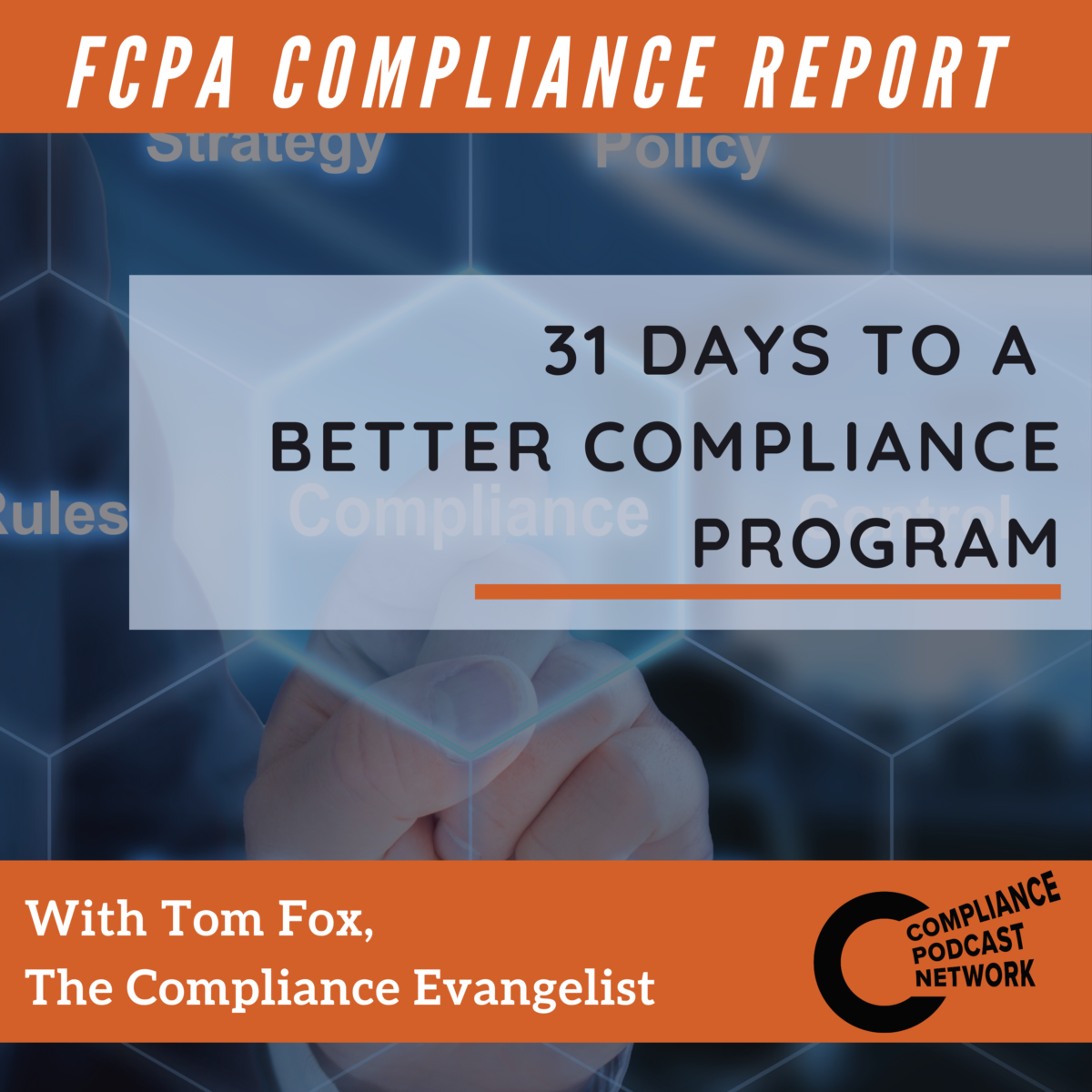Any top CEO must first listen. But it is more than simply listening to rebuild trust, it is rebuilding employee engagement by making them and their ideas part of the solution. Today, we consider how a compliance listening tour can improve culture.
A. Engagement
Start off by meeting as many compliance stakeholders as possible. You can use town hall settings or go smaller, meeting with key employee leaders, key stakeholders, and employees identified as high-risk who you can meet with individually or in smaller groups. Listen to their compliance concerns and take their compliance ideas back to the home office. After returning to your office, winnow down their ideas and suggestions to form the basis of enhancements to your culture. This employee engagement will lead to greater stakeholder buy-in for your culture.
B. Education
But during the town hall meetings, and the smaller more informal group meetings, you can do more than listen, you can also train. This training is on ethics and how the employees could use compliance as a business tool. Moreover, this lays the groundwork for enhancing your culture and the training that will occur as the enhancement is rolled out.
C. Risk Assessment
Now, think about this same approach from the risk assessment perspective. Listen to your employee’s concerns and listen to the compliance issues raised. From there you can begin to ask questions about what was done and why. This approach is not adversarial or an interrogation. Still, it is ferreting out the employee’s concerns while having the employees educate your compliance team on the actual procedures that are used. By listening, and gently questioning, you should be able to garner enough information to create a risk assessment profile that can inform and even become the basis of compliance program enhancements.
Three key takeaways:
1. A listening tour can be used to improve your culture.
2. Listening improves engagement, which improves culture.
3. Culture lessens if employees think you don’t care.
Do you want to improve your culture? How can you assess your culture and develop a strategy to improve it going forward? In this free webinar on the new tool, The Culture Audit with Tom Fox and Sam Silverstein on Tuesday, November 28, 12 CT. For more information and registration, click here.



